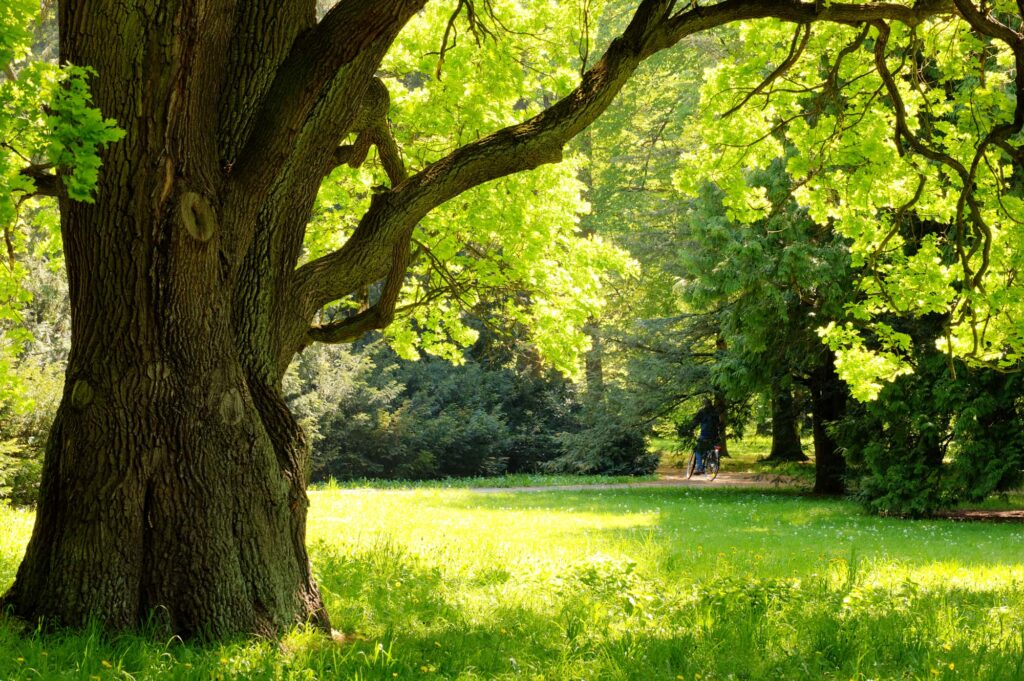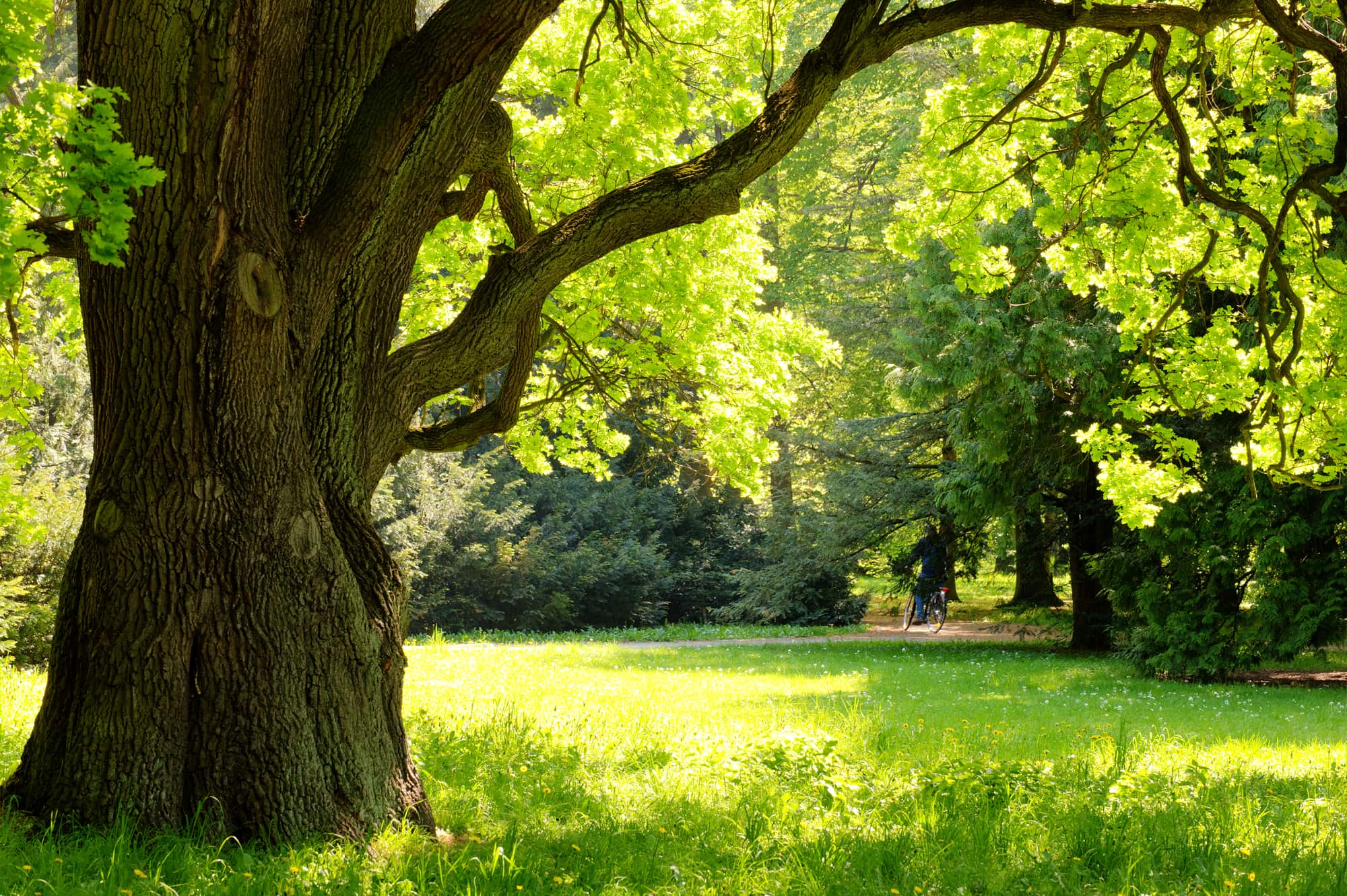
Arborists in Vancouver, BC, Canada offer a comprehensive overview of oak tree decline for homeowners
Basics of Oak Tree Decline
Oak tree decline is a pervasive issue among homeowners. While oak tree is an extremely popular species, it is also one that has suffered noticeably over the past few decades. But many homeowners struggle to figure out what to do or how to prevent this. Oftentimes, oak trees deteriorate or become diseased for a variety of different reasons. In fact, this decline often results from a combination of different factors, including changing soil conditions, root-related diseases, insect activity, and more.
In order to adequately counter oak tree decline, homeowners must employ adequate tree management. Simply put, they need to understand the basics of oak tree decline in order to maximize their tree health care because knowledge really is power. Below is a full rundown of the basics of oak tree decline: how to prevent it, how to identify it, and how to address it. Read on for all of this information and more!
Ways to Prevent Oak Tree Decline
The best way to counter oak tree decline is to take steps to prevent it in the first place. Oak tree disease often comes on due to a number of different factors, so if homeowners can take the right preventative steps, they can lower the probability of this ever becoming an issue. Some important key steps include:
- Anti-disease and anti-insect measures, as necessary
- Consistent irrigation
- Mulching, as necessary
- Soil assessments (analysis, testing, etc.)
- Tree risk assessments
These are just some of the many ways that homeowners can begin to prevent oak tree decline. Just taking one or two of these steps consistently can make a drastic difference when it comes to improving tree care.
Identifying Oak Tree Decline
Sometimes oak tree decline is unavoidable, so homeowners should know how to identify it, as this will allow them to address this as early as possible. While there are a number of different signs that may indicate decline, there are some that are particularly common. The branch tips, for example, may start to die, and the leaves may drop prematurely. The leaves may also turn yellow, which could indicate disease and decline.
Additionally, some sprouts may start to protrude from the main stem, and this could also indicate decline. If homeowners notice even just one of these signs, they should consider that oak tree decline is to blame. They should also understand that they need to take action as soon as possible since this can be a real issue.
Addressing Oak Tree Decline
When it comes to actually addressing oak tree decline if it happens, there are a number of different things. Remember that any action taken should be done so as soon as possible:
- Check irrigation frequency to ensure adequate watering (but not overwatering)
- Prune or trim declining portions
- Search for and remove invasive growths (e.g. vines)
- Use a fungicide to help with diseased areas
Unless homeowners have a strong background in tree care, they should consider hiring a tree service company to perform the above actions and any other relevant ones. Professional arborists will be able to identify the issue, determine if the oak tree is in decline, and come up with a sound plan moving forward. These professionals not only perform basic services like tree pruning, tree trimming, and tree removal, but they also have the expertise to address a myriad of complex issues.
About VI Tree Service
VI Tree Service of Vancouver, BC, Canada is a full-service tree company that focuses on providing environmentally responsible tree services. With over 50 years of experience, their team of highly skilled experts provides free estimations, affordable pricing and extraordinary client care. Call them today for tree services in Vancouver Canada!

